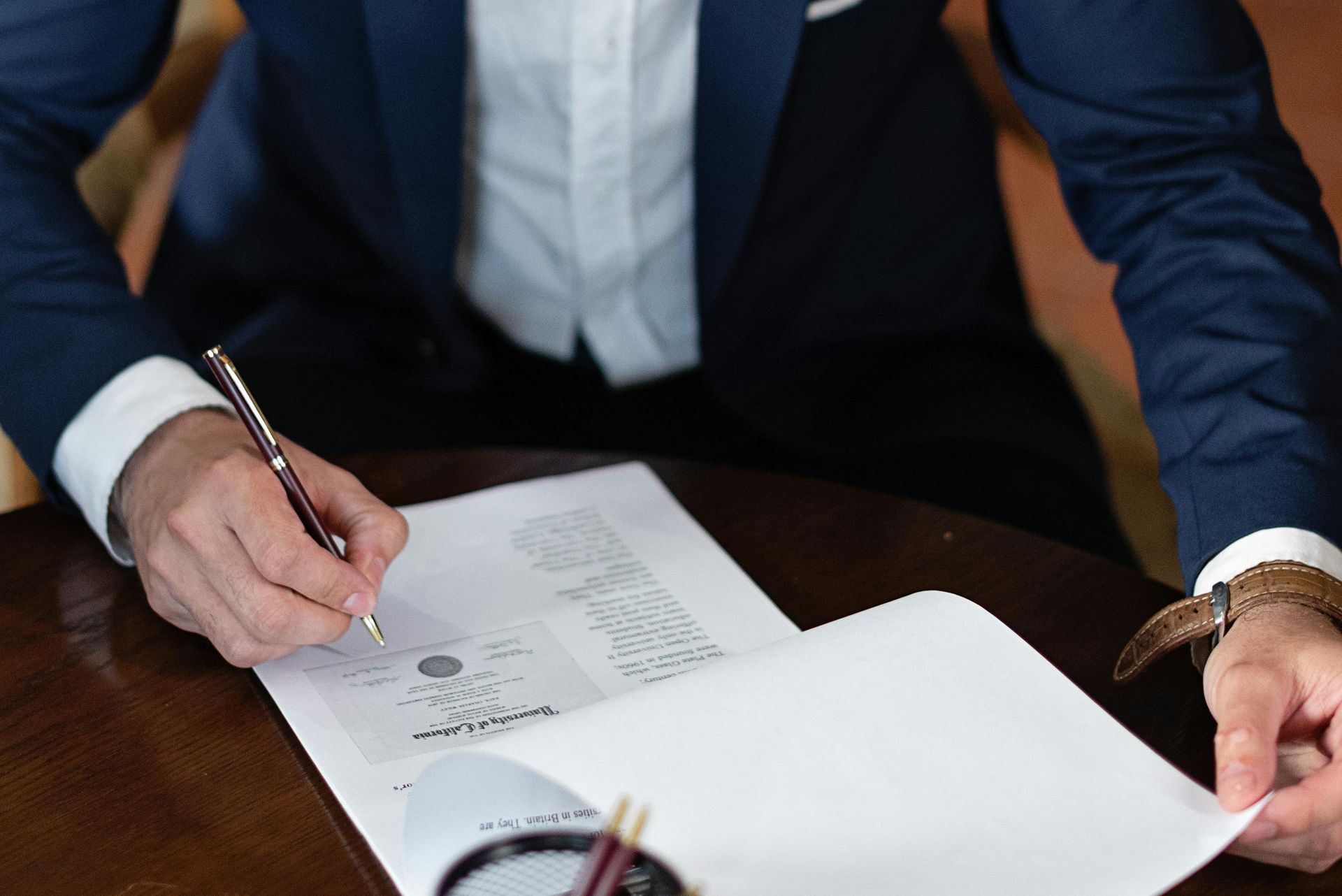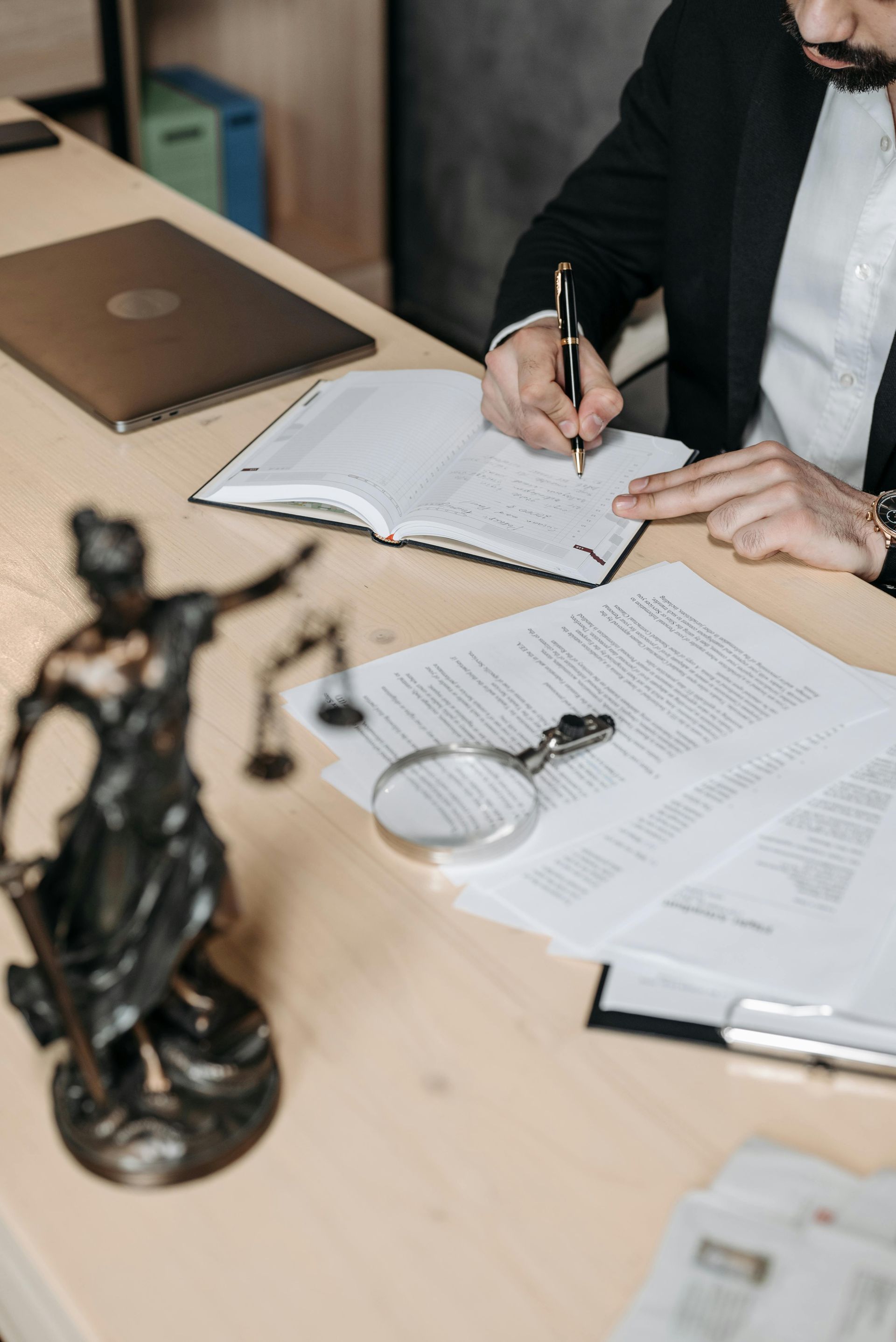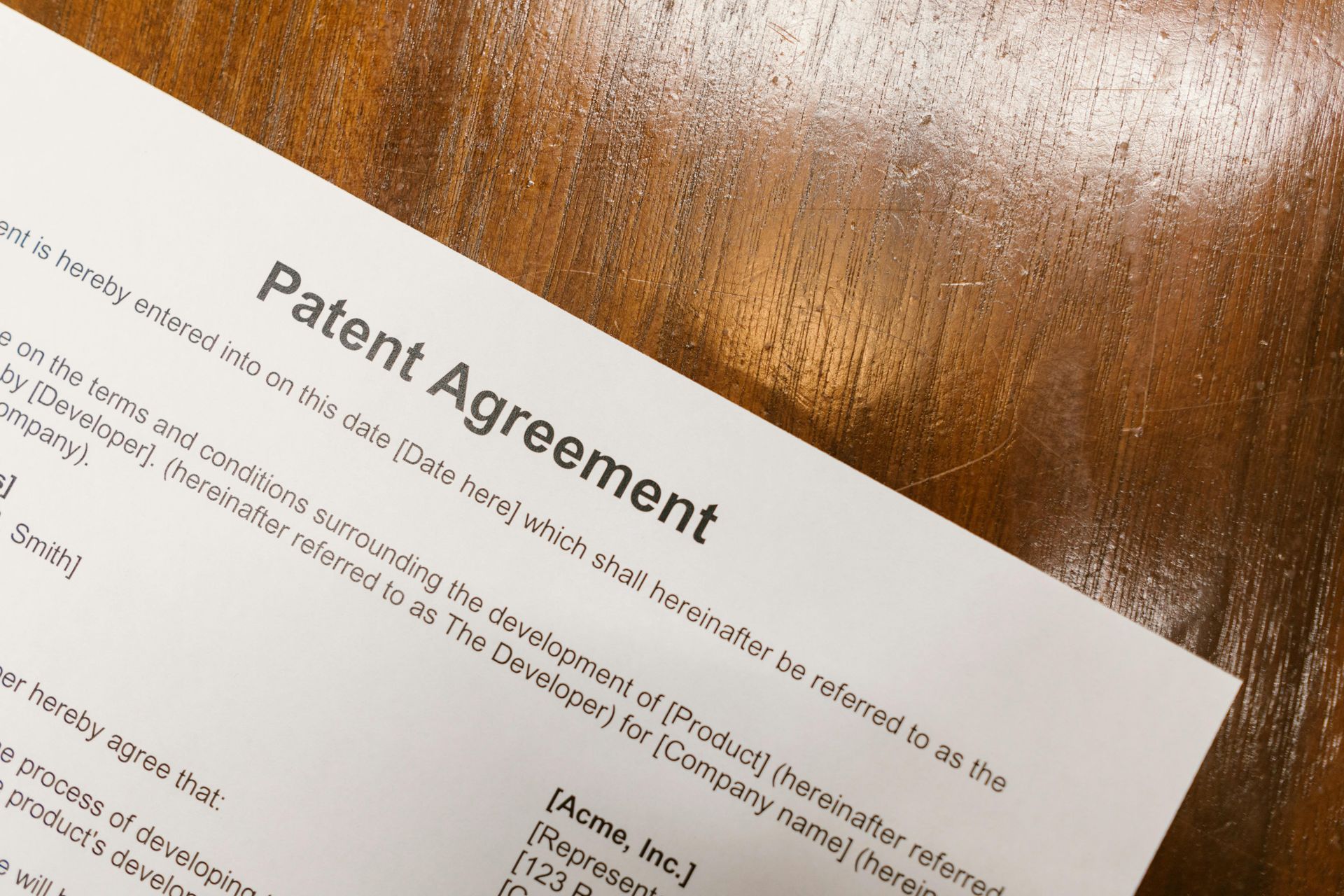Counterfeiting in the Digital Age: New Challenges and Solutions
The Rise of Counterfeiting in the Digital Era
The digital age has revolutionized the way we live, work, and shop, but it has also opened the floodgates for counterfeiters to operate on an unprecedented scale. With the advent of e-commerce platforms, social media marketplaces, and advanced digital tools, counterfeit goods are now more accessible than ever. Counterfeiters no longer need physical storefronts or complex distribution networks; instead, they can reach global audiences with just a few clicks. This shift has made counterfeiting a multi-billion-dollar industry, with estimates suggesting that counterfeit goods account for over 3% of global trade annually.
The economic impact of counterfeiting is staggering. Legitimate businesses lose revenue, jobs are threatened, and governments miss out on tax revenues. Beyond the financial toll, the social consequences are equally alarming. Counterfeit pharmaceuticals, for instance, can endanger lives, while fake electronics and automotive parts can lead to accidents and malfunctions. Moreover, the proliferation of counterfeit goods undermines consumer trust in brands and marketplaces, creating a ripple effect that harms the entire economy.
The internet has also made it easier for counterfeiters to remain anonymous, using fake identities and untraceable payment methods. This anonymity, combined with the global reach of online platforms, has created a perfect storm for counterfeiters to thrive. As technology continues to evolve, so too do the methods employed by these bad actors, presenting new challenges for businesses, governments, and consumers alike.
Key Industries Affected by Digital Counterfeiting
Luxury Goods and Fashion
The luxury goods and fashion industry has long been a prime target for counterfeiters, and the digital age has only exacerbated the problem. Iconic brands like Louis Vuitton, Gucci, and Rolex are frequently imitated, with counterfeit versions of their products flooding online marketplaces. These fake items, often sold at a fraction of the price of the originals, appeal to budget-conscious consumers who may not realize—or care—that they are purchasing counterfeit goods.
Luxury brands are fighting back with innovative solutions. According to a Forbes article , many high-end companies are integrating anti-counterfeiting measures directly into their products. For example, some brands are using blockchain technology to create unique digital IDs for each item, allowing consumers to verify authenticity with a simple scan. Others are employing AI-powered tools to monitor online marketplaces and identify counterfeit listings in real time. These efforts are part of a broader strategy to protect brand integrity and maintain consumer trust.
Pharmaceuticals and Healthcare
The counterfeiting of pharmaceuticals and medical devices is not just a financial issue—it’s a public health crisis. Fake medicines often contain incorrect or harmful ingredients, putting patients at risk of serious health complications or even death. The World Health Organization estimates that counterfeit drugs account for up to 10% of the global pharmaceutical market, with the problem being particularly acute in developing countries.
Online pharmacies and unregulated e-commerce platforms have made it easier for counterfeiters to distribute fake medicines. Consumers seeking lower prices or hard-to-find medications may unknowingly purchase counterfeit products, with potentially devastating consequences. To combat this, pharmaceutical companies are adopting advanced tracking systems, such as serialization and blockchain, to ensure the authenticity of their products throughout the supply chain. Public awareness campaigns are also crucial in educating consumers about the dangers of counterfeit medicines and how to identify legitimate sources.
Electronics and Automotive Parts
The electronics and automotive industries are also grappling with the challenges of counterfeiting. Fake electronic components can lead to device malfunctions, data breaches, and even safety hazards, while counterfeit automotive parts can compromise vehicle performance and endanger lives. Companies like Yamaha Motor have taken a proactive stance in addressing this issue. As highlighted in a BusinessMirror article , Yamaha has committed to working with governments and organizations like the Intellectual Property Office of the Philippines (IPOPHL) to protect intellectual property rights and ensure product authenticity.
These industries are leveraging technology to stay ahead of counterfeiters. For instance, some companies are embedding digital watermarks or QR codes into their products, allowing consumers and retailers to verify authenticity instantly. Others are using AI to analyze supply chain data and identify anomalies that may indicate counterfeit activity.
The Role of Technology in Modern Counterfeiting
While technology has provided tools to combat counterfeiting, it has also equipped counterfeiters with new methods to create and distribute fake goods. Advanced technologies like artificial intelligence (AI) and 3D printing are enabling counterfeiters to produce highly convincing replicas that are difficult to distinguish from the real thing. According to a Lawyer Monthly article , AI is being used to replicate brand logos, packaging designs, and even product features with remarkable accuracy.
Counterfeiters are also exploiting social media platforms to market their products, using targeted ads and influencer partnerships to reach unsuspecting consumers. The anonymity of cryptocurrency further complicates efforts to track and shut down counterfeit operations. As these technologies continue to evolve, the fight against counterfeiting will require equally sophisticated solutions.
Innovative Solutions to Combat Counterfeiting
AI-Powered Detection Systems
Artificial intelligence is playing a pivotal role in the fight against counterfeiting. AI-powered tools can analyze vast amounts of data to identify patterns and anomalies that may indicate counterfeit activity. For example, machine learning algorithms can scan online marketplaces for suspicious listings, flagging potential counterfeit products for further investigation. These systems are not only faster but also more accurate than traditional methods, making them an invaluable asset in the battle against counterfeiting.
Blockchain for Supply Chain Transparency
Blockchain technology is another game-changer in the fight against counterfeiting. By creating a decentralized and tamper-proof ledger, blockchain allows companies to track products throughout the supply chain, from manufacturing to the end consumer. This transparency makes it nearly impossible for counterfeit goods to enter the supply chain undetected. As noted in the Forbes article , luxury brands are already using blockchain to provide consumers with digital certificates of authenticity, ensuring that they are purchasing genuine products.
Digital Watermarking and Smart Labels
Digital watermarking and smart labels are emerging as effective anti-counterfeiting measures. These technologies embed unique identifiers directly into products or packaging, making it easy for consumers and retailers to verify authenticity. For example, some companies are using invisible ink or microtext that can only be detected with specialized equipment. Others are incorporating NFC (near-field communication) chips or QR codes that link to a secure database, providing instant verification.
The Legal and Regulatory Landscape
The fight against counterfeiting is not just a technological battle—it’s also a legal one. Governments around the world are enacting stricter laws and regulations to protect intellectual property rights and penalize counterfeiters. International organizations like the World Intellectual Property Organization (WIPO) and regional bodies like the European Union Intellectual Property Office (EUIPO) are working to harmonize anti-counterfeiting laws and promote cross-border collaboration.
In the Philippines, for example, IPOPHL has been instrumental in raising awareness about the importance of intellectual property rights. As mentioned in the BusinessMirror article , collaboration between governments, businesses, and organizations is essential to creating a robust legal framework that can effectively combat counterfeiting.
The Role of Consumer Awareness in Fighting Counterfeiting
Educating consumers is a critical component of the fight against counterfeiting. Many people unknowingly purchase counterfeit goods, either because they are unaware of the risks or because they cannot distinguish between genuine and fake products. Public awareness campaigns can help consumers understand the dangers of counterfeit goods, from health risks to economic consequences.
Brands and governments are also providing tools and resources to help consumers identify authentic products. For example, some companies offer online verification services, while others include detailed guides on their websites about how to spot fake items. Empowering consumers with knowledge is one of the most effective ways to reduce demand for counterfeit goods.
The Future of Anti-Counterfeiting Efforts
The future of anti-counterfeiting efforts lies in continued innovation and collaboration. Emerging technologies like quantum computing and advanced biometrics could provide new ways to secure products and verify authenticity. At the same time, greater collaboration between governments, businesses, and consumers will be essential to staying ahead of counterfeiters.
As technology evolves, so too must the strategies used to combat counterfeiting. By investing in research and development, fostering international cooperation, and educating the public, stakeholders can create a future where counterfeit goods are no longer a pervasive threat.
Case Studies: Success Stories in Combating Counterfeiting
Luxury Market Innovations
Luxury brands are leading the charge in the fight against counterfeiting. As highlighted in the Forbes article , companies are integrating cutting-edge technologies like AI and blockchain to protect their products. These efforts have not only reduced the prevalence of counterfeit goods but also enhanced consumer trust in luxury brands.
Corporate Initiatives
Yamaha Motor’s commitment to combating counterfeiting is a prime example of how corporations can take a proactive role in addressing this issue. By partnering with governments and organizations like IPOPHL, Yamaha is setting a standard for other industries to follow. These initiatives demonstrate the power of collaboration in creating effective anti-counterfeiting strategies.
For more information, contact Milano IP for a scheduled consultation today!
Get a Free Case Evaluation




